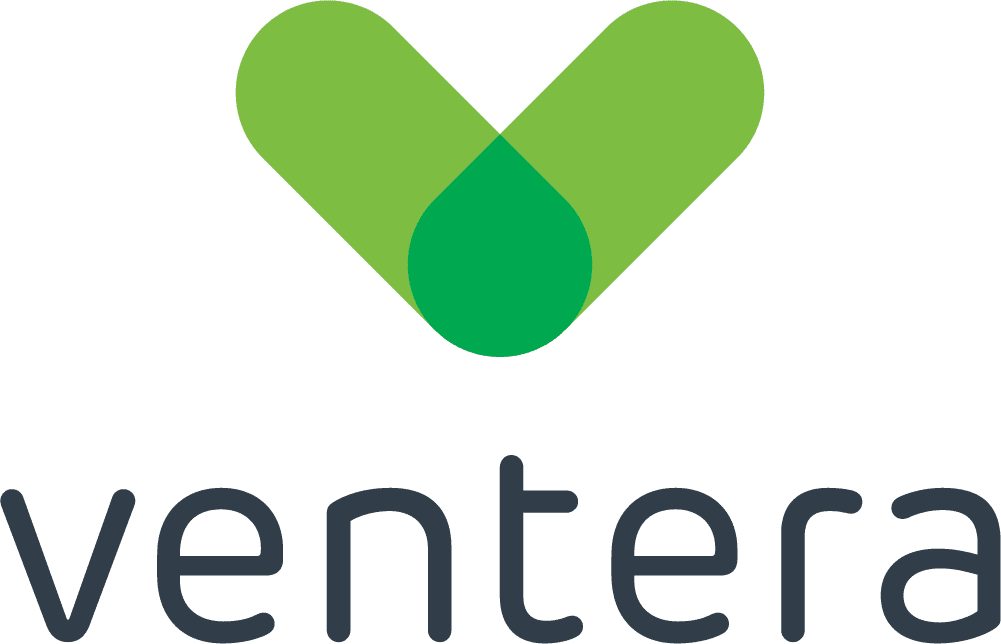Data has an expiration date. What it is depends on how that data is being used.
Consider a wildfire. Real-time data is essential here. Data about the fire, like location, expanse, terrain, temperature and speed, delivered a week after it’s been collected won’t help firefighters on the ground right now.
Yet if you analyzed it alongside datasets from previous weeks, you might be able to predict where to fight it next or how to slow the spread. Comparing data points to the past decade’s blazes could show us what starts these fires or what we might do to stop them. Expiration changes with use cases.
But if you’re unprepared with the modern data architecture or governance model necessary to maintain integrity, quality, security and ready flow of information, real-time and streaming data can’t be in your purview. Your data may expire before it can be analyzed.
The truth is: up to 73% of organizations’ data ends up unused for analytics. Reasons vary. Even today, it’s often the case that an organization’s strategy isn’t actually driven by data. They simply happen to collect data along the way.
The pandemic has revealed these gaps in data strategy and IT infrastructure for businesses and government agencies that were optimized for the way things were. As Forrester spells out, for many organizations, their processes had defined the data they collected; the data didn’t define the processes.
Until recently, most organizations were collecting data on a need-to-use basis. It’s nearly impossible to pivot and adapt when you can only see the world you had been living in. We anticipate more businesses and government agencies will begin eying more modern data architectures as they adjust their digital strategies and collect data to navigate new norms.
Data Urgency in a Pandemic
Within weeks of the first documented U.S. coronavirus cases, nursing homes had become hot spots, eventually linked to more than 40% of deaths from COVID-19. Infection control and hygiene in nursing homes came under fire.
Action needed to be taken, fast, to slow the spread. Soon the Centers for Medicare and Medicaid Services (CMS) announced that funding from the CARES Act would be allocated to nursing homes based on performance metrics.
CMS would implement greater surveillance and enforcement of nursing homes’ infection control protocols. It would also help implement best practices. The Centers for Disease Control and Prevention (CDC) would identify nursing homes with outbreaks and work with the states to keep residents safe.
All of that would require data.
So, CMS was collecting data from nearly 17,000 nursing homes across the U.S. — and then sending it to the CDC via email each day.
“CMS and the CDC had no clear mechanism to exchange data,” explains Sankar Subramanian, head of Ventera’s Federal Healthcare division. “When a crisis strikes, that’s when you see the gaps in IT infrastructure and need to scramble for a solution to meet urgent needs.”
There were too many gaps in each agency’s existing IT environments and a strategic approach to battling outbreaks depended on bridging those gaps and moving data in short order.
From Manual to Managed Data Exchange
The two agencies were in survival mode. A daily email to send data was the equivalent of a slice of duct tape keeping the dam from bursting. It was limiting their abilities to see data in real time and get ahead of (potentially deadly) problems.
Quality improvement and evaluation for nursing homes demanded that data be collected, streamed and analyzed at the speed of the crisis. By the time a problem is identified, the virus could infect dozens more nursing home residents and workers.
Plus, that daily manual email meant data passed through at least 3-4 sets of hands before epidemiologists, disease control experts and the Quality Improvement Organizations (QIOs) appointed to help nursing homes could analyze it.
The files were large. Data integrity and security were concerns. Time was of the essence.
“Data projects are usually much larger cultural and technology initiatives that take months to navigate and implement,” says Subramanian. “Delivering a solution in six months wouldn’t have helped CMS and the CDC address this problem. We had to move faster.”
Ventera’s data solutions and user-centered design (UCD) teams did just that. The teams partnered with CMS and CDC stakeholders to outline each agency’s immediate needs, what problems needed to be solved, how we could address IT gaps and where data needed to go.
Within 2-3 sprints, Ventera implemented a managed file transfer (MFT) solution to power reliable, secure and immediate data exchange between the agencies.
“The MFT solution better equips CMS and the CDC with data to evaluate nursing homes’ performance and provide assistance through the QIOs,” says Subramanian. “The agencies can continue to measure progress, outbreaks and develop best practices as data from the pandemic flows in.”
Expanding What Data Preparedness Means
As the pandemic continues, the MFT solution means these agencies can be less concerned with the administrative burden of data transfer and more focused on expanding what data they need to speed up and improve their response to the virus.
But this evolution isn’t limited to CMS and the CDC. Expanding what data preparedness means and what data architecture looks like will be a required evolution for all businesses and government agencies in the post-pandemic world.
Being prepared to efficiently capture and communicate data beyond the scope you’re used to using it will not only be the new norm, but the hallmark of organizations that actually survive. If you’re only collecting data tailored to existing processes and operations, how will you know what possibilities lie outside your current state?
Organizations that can collect and harness wider sets of data to understand their customers in real-time, pivot their operations and rapidly refresh their business models will be the first ones to join new economies and pioneer the way business is done there.
The toughest part: businesses and government agencies need to make this shift fast — or fail.
Coronavirus isn’t the first global crisis; it won’t be the last. The next upheaval may not be a health crisis. It could be economic, climate, social, digital. Navigating the unknown for businesses and organizations doesn’t require luck or a crystal ball. But having a strong data strategy in place can help your organization move and respond at the speed of the crisis.


